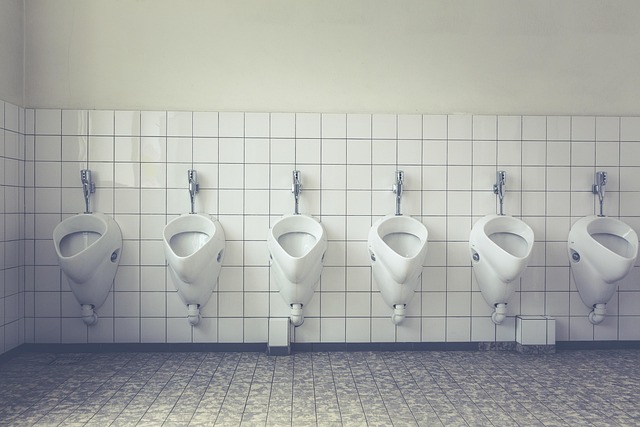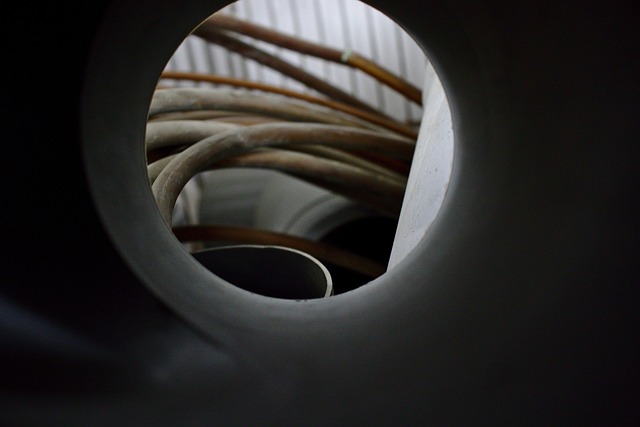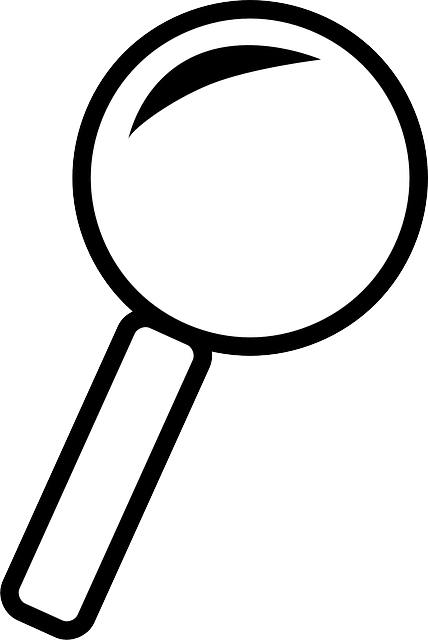Regular, comprehensive inspections are vital for optimizing system efficiency in water management. By assessing plumbing, appliances, and behavior, communities can identify leaks, inefficiencies, and system issues early, reducing water waste and environmental impact. Advanced technologies like IoT devices and smart meters further enhance system efficiency through real-time data collection and targeted conservation efforts. Proven strategies, adopted globally, have achieved significant success in improving water management and security, demonstrating the key role of inspection-driven approaches in sustainable water stewardship.
In today’s world, ensuring efficient water usage is not just an environmental responsibility but also a strategic necessity. This article delves into “Understanding Water System Efficiency” as the cornerstone for sustainable practices. We explore the transformative power of regular inspections in optimizing water resources. By identifying leaks and wasting, we uncover common issues and present cutting-edge technologies for effective water management. Moreover, real-world case studies highlight successful implementation of inspection-driven strategies, offering valuable insights into maximizing system efficiency.
- Understanding Water System Efficiency: The Cornerstone of Sustainable Practice
- The Role of Regular Inspections in Optimizing Water Usage
- Identifying Leaks and Wasting: Common Issues Discovered During Inspections
- Technologies and Tools for Efficient Water Management
- Case Studies: Successful Implementation of Inspection-Driven Water Conservation Strategies
Understanding Water System Efficiency: The Cornerstone of Sustainable Practice
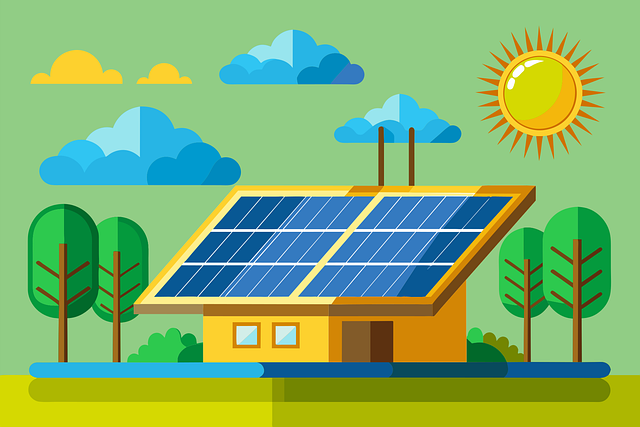
Understanding water system efficiency is paramount in adopting sustainable practices. It involves evaluating how effectively a community’s water infrastructure distributes and manages this precious resource, ensuring every drop meets its intended use while minimizing wastage. This holistic approach considers not just the physical aspects of pipes, pumps, and treatment plants but also the behavioral and technological factors that influence water usage patterns.
By focusing on system efficiency, communities can significantly reduce their environmental footprint and contribute to long-term sustainability. Regular inspections play a pivotal role here, as they identify leaks, measure flow rates, and assess pressure—all critical elements for optimizing water distribution. These inspections not only help in detecting potential issues but also provide valuable data for implementing targeted improvements, fostering responsible water stewardship, and safeguarding this vital resource for future generations.
The Role of Regular Inspections in Optimizing Water Usage

Regular inspections play a pivotal role in optimizing water usage, ultimately enhancing system efficiency. By conducting thorough checks on plumbing, appliances, and fixtures, potential leaks or inefficiencies are identified early, preventing wastage of this precious resource. These inspections not only help to pinpoint areas where water is being misused but also offer insights into the overall condition of the water system, allowing for proactive maintenance.
Through systematic assessments, homeowners and property managers can ensure that their water distribution networks operate at peak performance. This includes detecting subtle issues like corroded pipes or faulty valves, which, if left unattended, could lead to significant water loss. By addressing these problems promptly, regular inspections contribute to a more sustainable and cost-effective water management strategy, ultimately benefiting both the environment and individual consumers.
Identifying Leaks and Wasting: Common Issues Discovered During Inspections
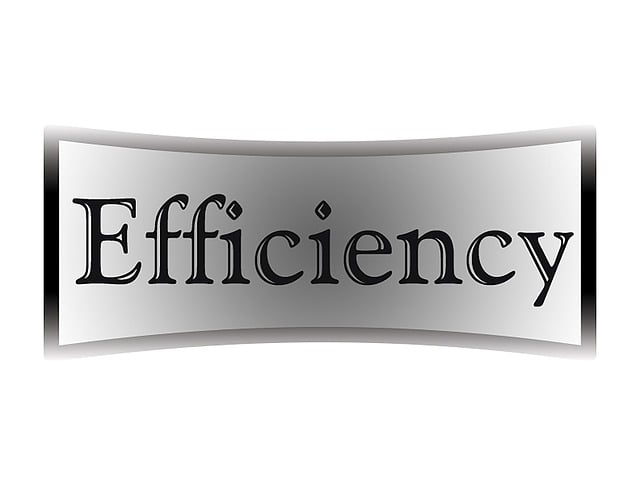
During water inspections, several common issues related to leakages and inefficient water usage are frequently identified. These range from obvious signs like dripping faucets and leaking pipes to less apparent problems such as hidden leaks behind walls or in attics. Such leaks not only lead to wastage of a precious resource but also result in higher utility bills for homeowners.
Regular inspections play a pivotal role in identifying these issues early on, allowing for timely repairs. This proactive approach can significantly enhance system efficiency and prevent minor problems from escalating into major, costly repairs. By addressing leakages promptly, you not only conserve water but also contribute to the overall sustainability of your home’s plumbing system.
Technologies and Tools for Efficient Water Management
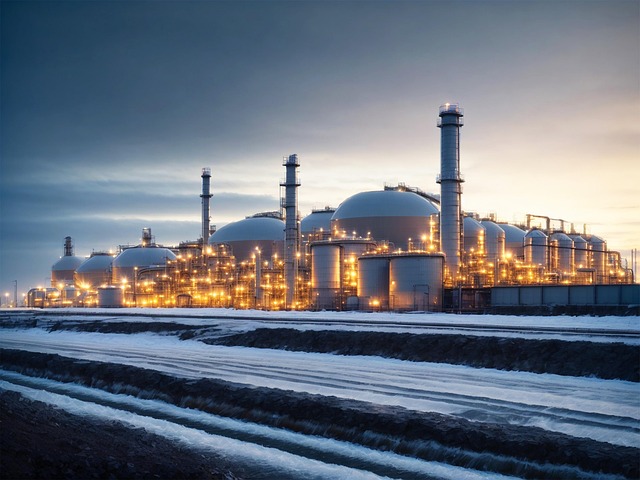
In today’s digital era, technologies and tools play a pivotal role in enhancing system efficiency, particularly when it comes to water management. Advanced sensors and IoT (Internet of Things) devices are transforming the way we monitor and control water usage. These innovative solutions allow for real-time data collection and analysis, enabling efficient identification and resolution of leaks, and optimizing overall water distribution. For instance, smart meters can track consumption patterns, helping authorities and households understand their water usage and implement targeted conservation measures.
Moreover, remote monitoring systems equipped with predictive analytics can anticipate potential issues, such as burst pipes or system malfunctions, before they occur. This proactive approach not only minimizes water waste but also reduces the risk of damage to infrastructure. Additionally, technologies like automated valve controls and precise irrigation systems ensure water is used efficiently, especially in agricultural settings, by delivering the right amount at the right time, thereby enhancing overall system efficiency without compromising productivity.
Case Studies: Successful Implementation of Inspection-Driven Water Conservation Strategies

In various parts of the globe, communities have successfully implemented inspection-driven water conservation strategies, leading to significant improvements in system efficiency and sustainable water management. One notable example is the city of Los Angeles, California, which launched a comprehensive water inspection program aimed at identifying leaks, outdated infrastructure, and inefficient usage patterns. Through regular and systematic inspections, the city was able to reduce water waste by over 20% within a year, demonstrating substantial savings in both financial resources and precious freshwater supplies.
Another inspiring case comes from Australia, where urban centers like Melbourne have been facing severe drought conditions for decades. In response, authorities introduced rigorous inspection protocols that focus on both residential and commercial properties. By educating property owners and businesses about efficient water use practices, coupled with regular inspections to enforce compliance, these cities have not only maintained but also improved their overall water security. These successful implementations highlight the power of proactive measures, emphasizing how routine inspections can drive significant changes in water conservation efforts.

